This is the final painting in Hogarth’s Marriage a la Mode series and it’s descriptively called ‘The Lady’s Death’. Ouch.
We don’t see what happened after Silvertongue killed the Countess’s husband in a sword fight in a dodgy bagnio and fled out of the window, but Hogarth has filled in the gaps for us, leading us to this moment.

William Hogarth, Marriage a la Mode: The Lady’s Death, 1743, National Gallery, London
It is clear, for instance that Silvertongue and the Countess had a room on the ground floor because the lawyer survived long enough to be arrested, brought to trial and hanged for murder. We know this because at the lady’s feet is a discarded broadsheet that has a drawing of a gallows at the top and the headline that includes the words ‘Counsellor Silvertongue’ and ‘last dying speech’. Just next to this is a presumably empty bottle with a label reading ‘laudanum’ visible. So, from her surroundings and the fact that her Dad is next to her (remember him from the first painting?) we can deduce that she returned to her father’s home to lie low with her child, who also makes his or her first and last appearance here. Perhaps she has spent frantic weeks pouring over the papers for news of her lover, or following his trial because the suggestion is that the news of his death has made her so desperate that she has now chosen to take her own life surrounded by her loving family and faithful servants. Or not.

Let’s talk about her Dad first. Is he distraught that she’s breathing her last? No. He’s removing the ring from her finger. Okay, so in the case of suicide all of her possessions would have had to have been turned over to the crown so you could say that he’s making the best of a terrible situation but in all honesty I feel he could have waited just a while longer and allowed her to give one final (or perhaps one single – we know she wasn’t maternal!) cuddle to the child that is being presented to her by the maid.
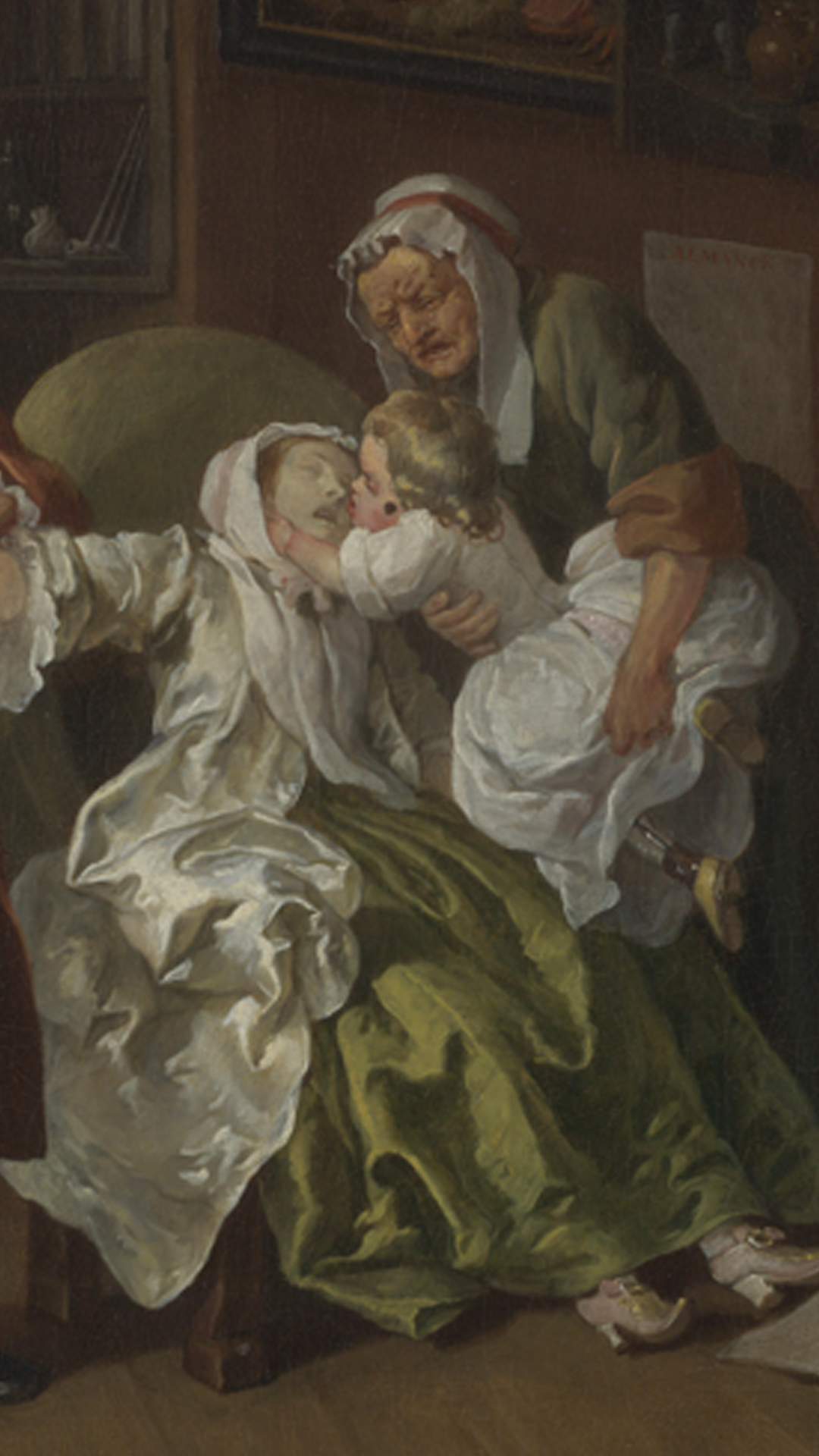
The child isn’t, it has to be said, the cutest little thing. It could be a boy or a girl as both wore dresses until the age of around 8, but whichever sex he or she is, they haven’t been given the best start in life. We’ve seen that sunken bridge on the nose before in Dr. M. La Pillule and we’ve certainly seen the black spot. The poor child is suffering from congenital syphilis. If you recall, the doctor was rather bandy legged but here the disease is so far advanced that surgical boots and braces are required, all suggesting that the heir to the Squanderfield title won’t last long at all. Cast your mind back again to the first image and the ostentatious family tree that started with William the Conqueror. That’s about to come to abrupt end.
The blame for the ‘abrupt end’ of the Countess is, it seems, being put firmly at the feet of the footman. Is he a footman? A servant, certainly. He’s not the brightest and the apothecary (I’m very disappointed not to meet Dr La Pillule again) appears to be berating him for not preventing the lady’s death. The items in his pocket have been identified as a stomach pump 18th century style, and a bottle of syrup which was used to induce vomiting. Apparently that’s all too late now.

I’ve said that I’m sad not to see Dr La Pillule but, wait, there is another shadowy figure heading out the door to the left of the work. Could that be him? It’s hard to tell as he’s half hidden and has his back to us. Having delivered the news that has prompted the Alderman to remove the ring from the Countess’s finger, he may well be admiring the line of buckets on the wall. Each is marked with an ‘S’ for sand. Once again, we are invited to look back to the earlier works and perhaps think of that marvellous proverb ‘don’t kindle a fire you can’t extinguish’ that was suggested by a smouldering corset ribbon in The Bagnio. Doesn’t that seem a lifetime ago now?


The ostentatious bad taste of the young couple’s marital home is also lightyears away from the strange meal on the table. I would worry that they aren’t getting enough nutrients if they eat like this: an egg on what the National Gallery suggest is a plate of rice, a couple of slices of bread and a pig’s head that the dog is tucking into. I’d say that the fact that the dog is warily about to slide it off the table by the ear makes reference to their ‘pig’s ear’ of a marriage but the expression wasn’t in common use until the mid 20th century. However, the old proverb ‘you can’t make a silk purse out of a sow’s ear’ dates from the 16th century and I think that just about sums up the whole charade!
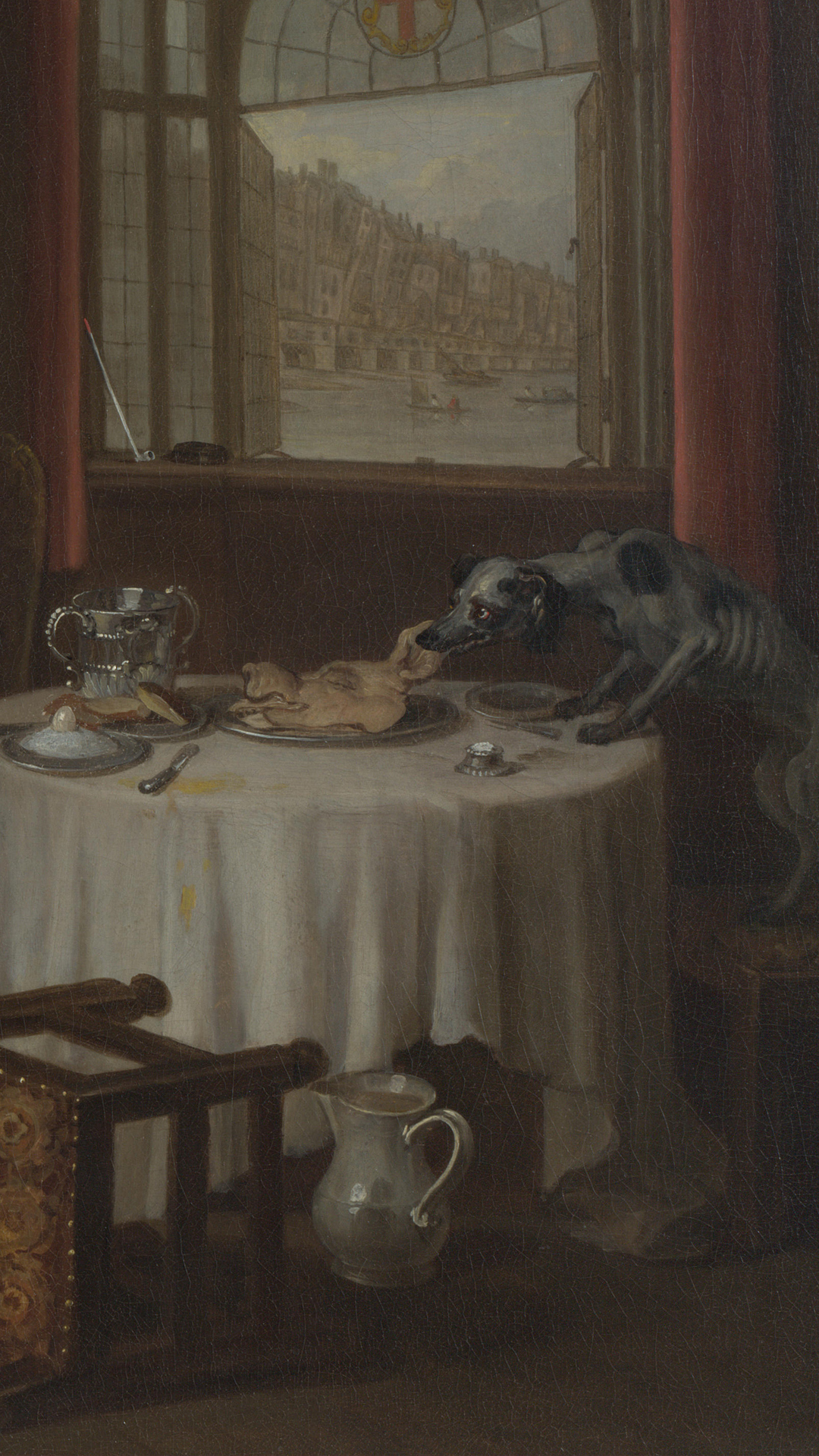
Who can identify, by the way which bridge the Alderman’s house has a view of? It’s not the one I mention in the live talk because that wasn’t built until the 19th century – doh! Sometimes I have to make a ‘deliberate’ mistake!!! I made the same mistake back in February too in the post about Valentine’s cards which you can watch here or read about here. It’s London Bridge, not Tower Bridge, obviously…
The video of this episode can be viewed here. To view the entire ‘Elevenses with Lynne’ archive, head to the Free Art Videos page.


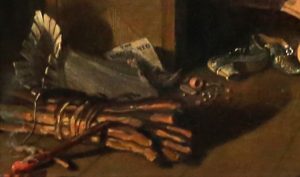
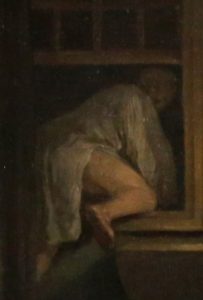

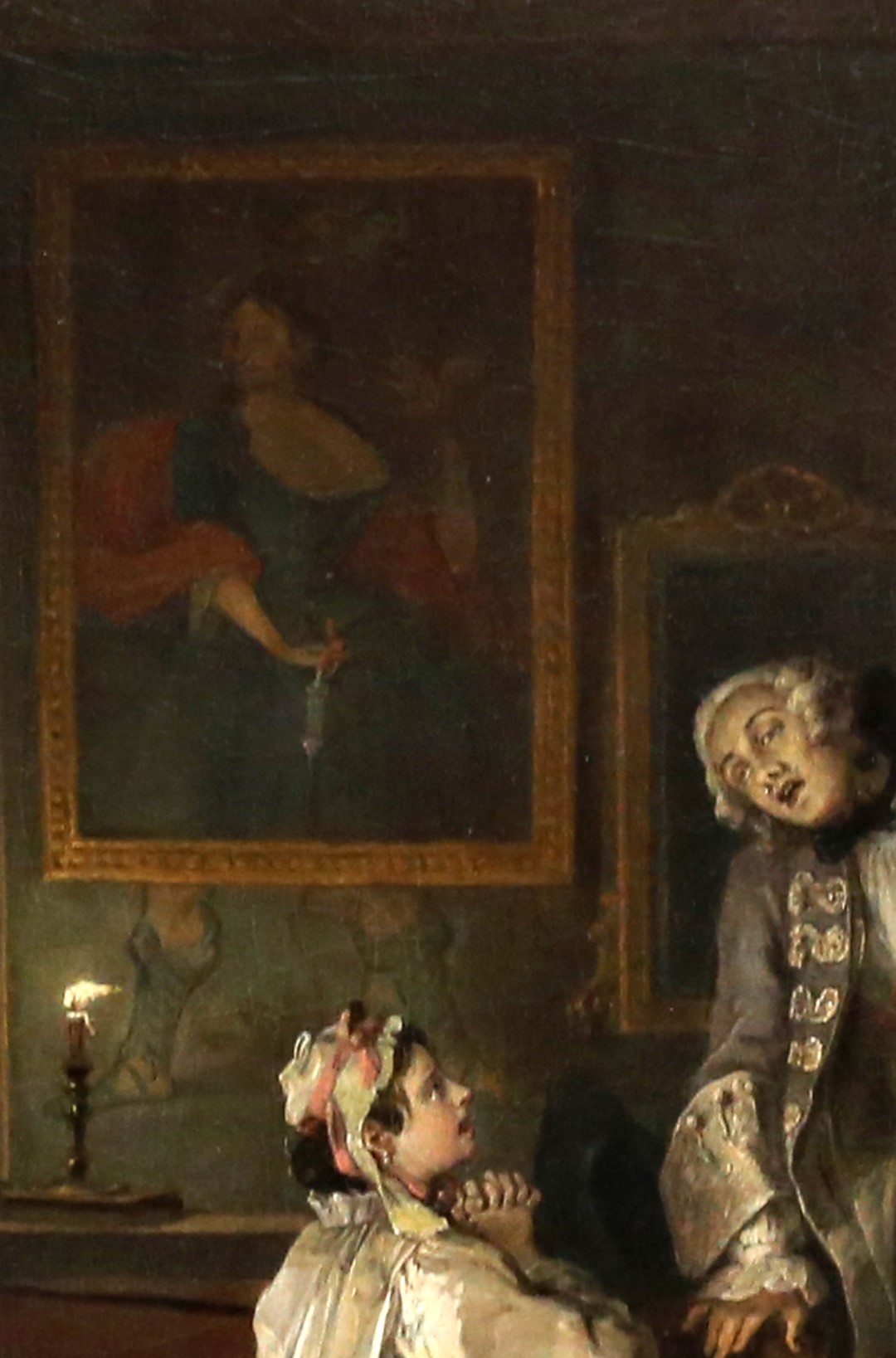
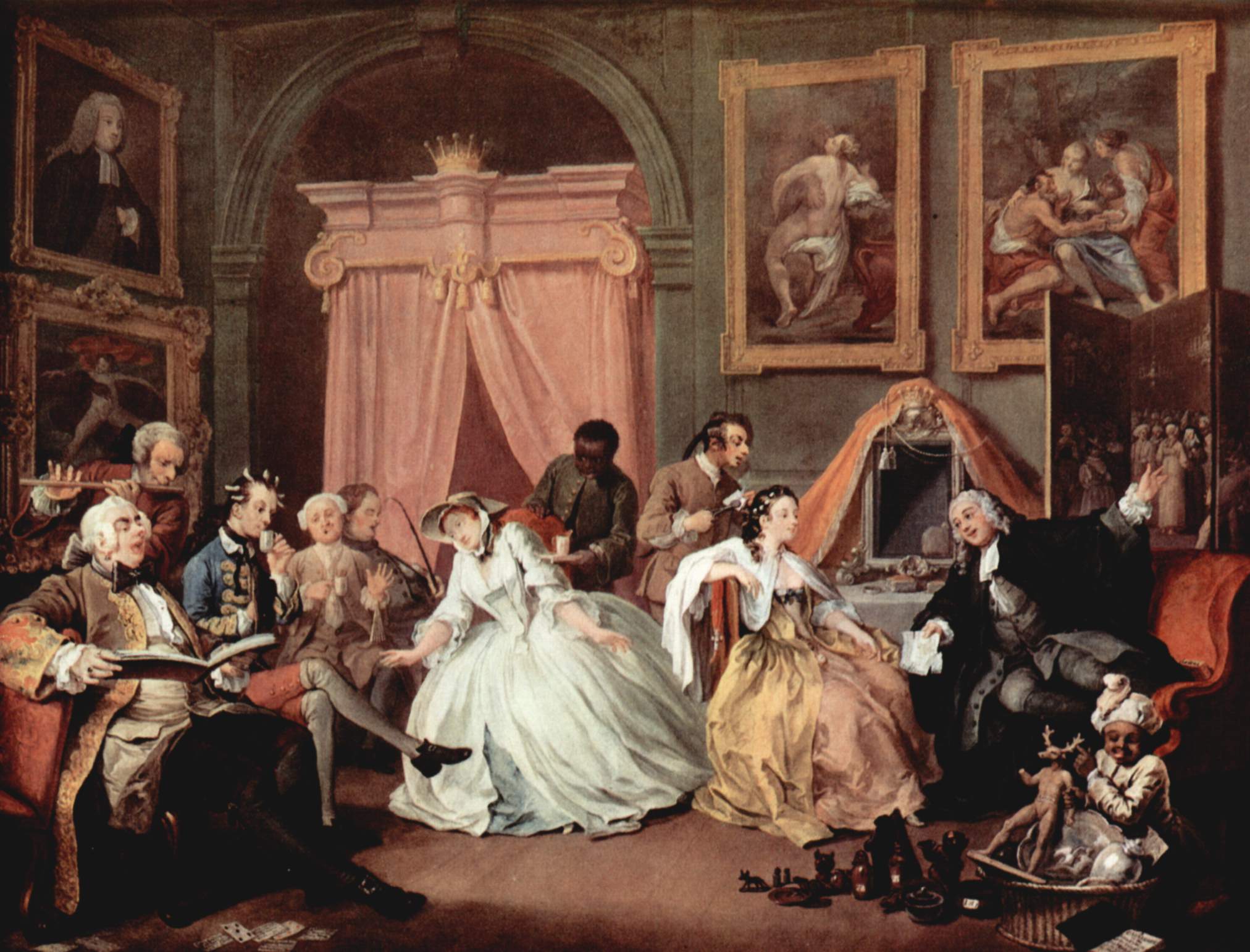

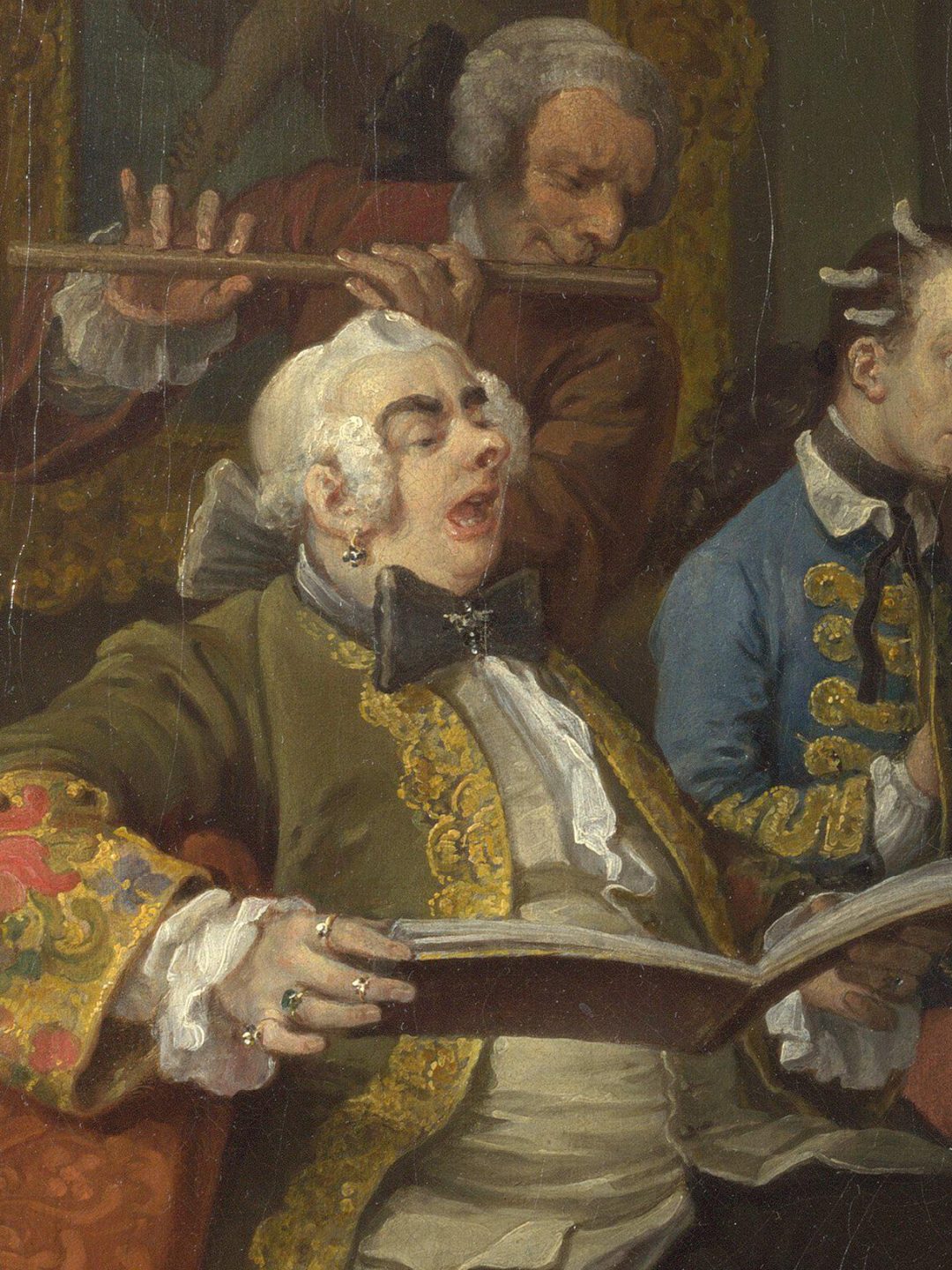

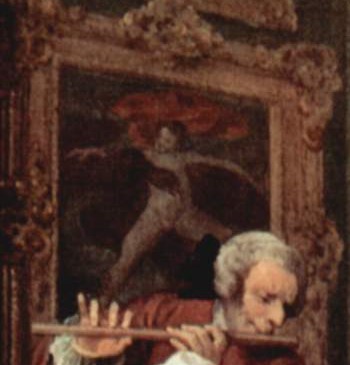

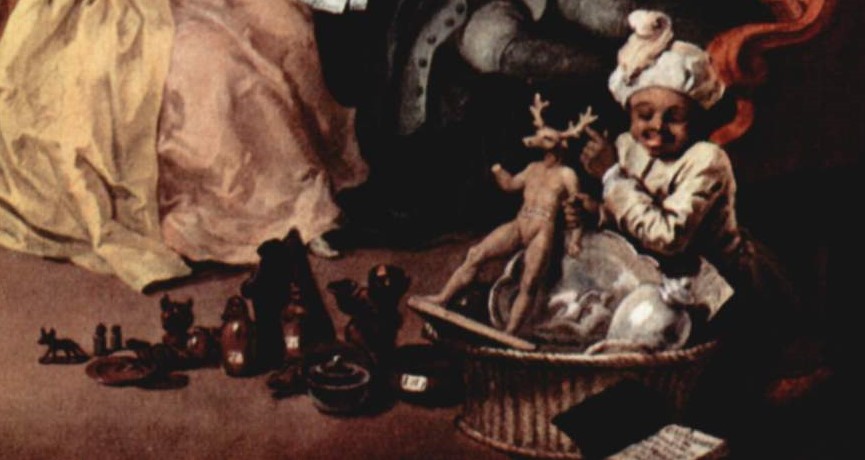

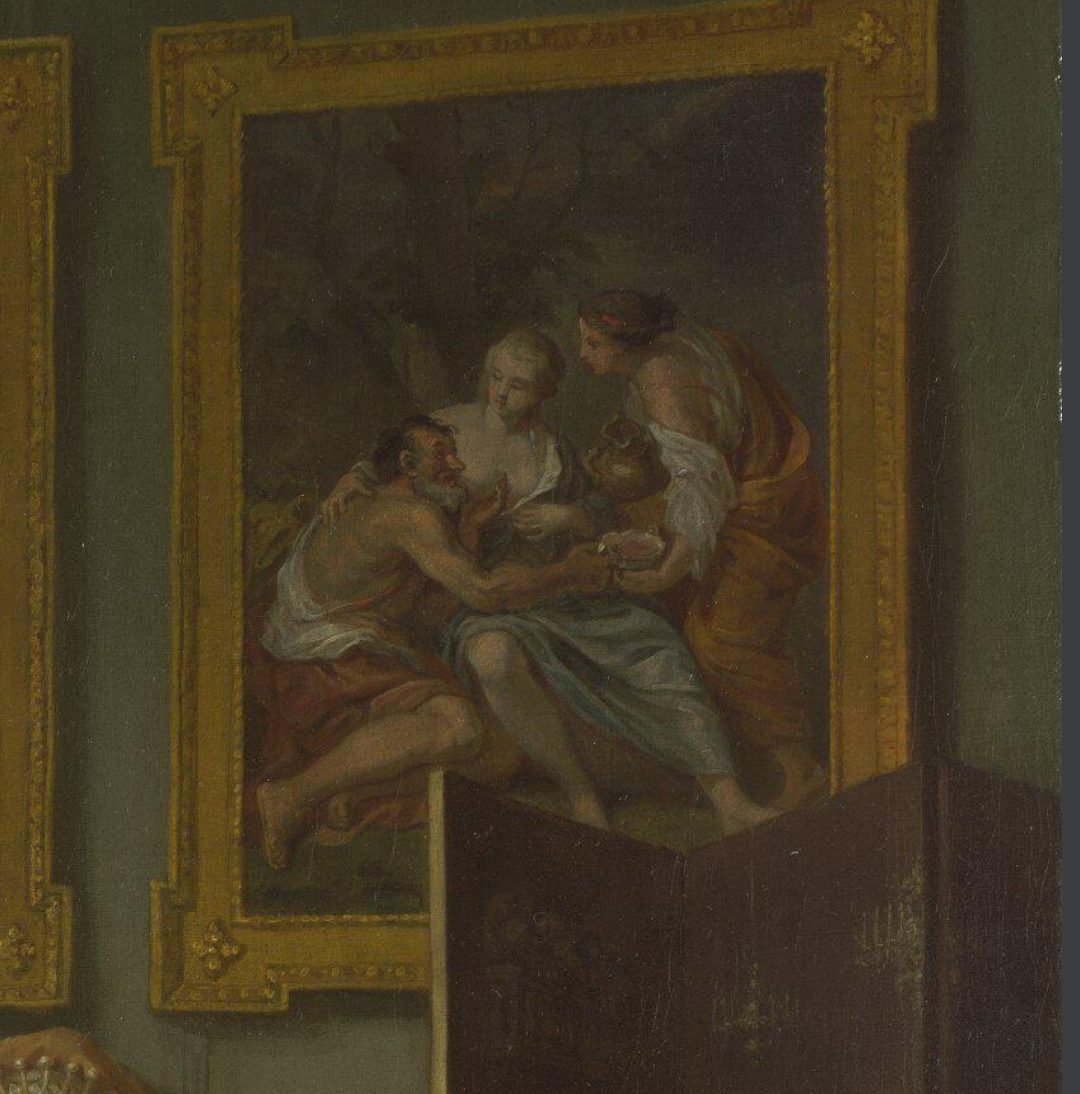

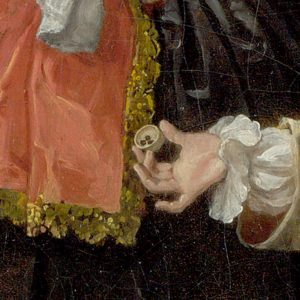


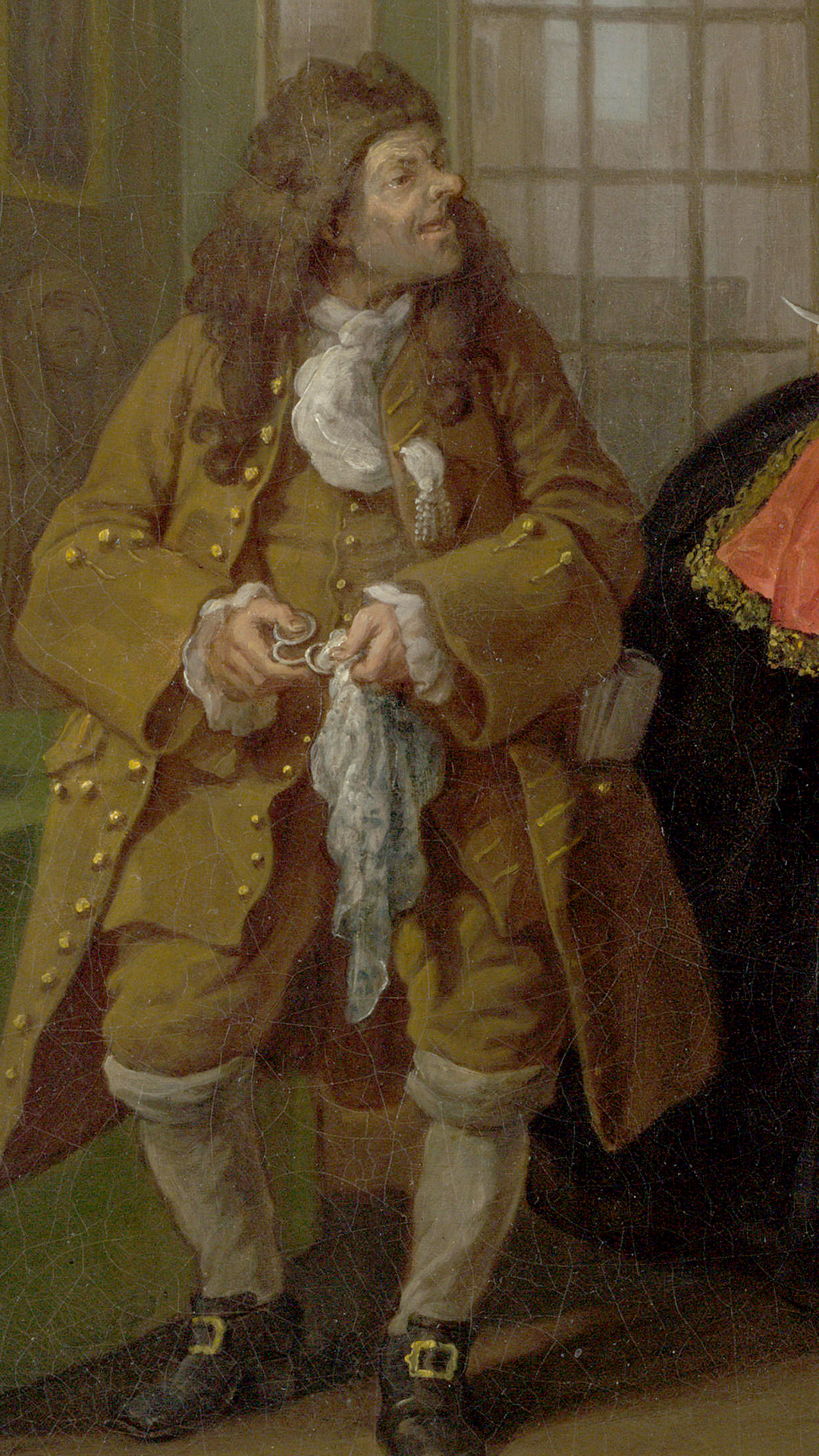





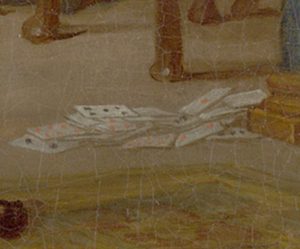
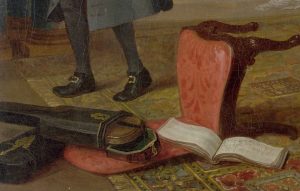
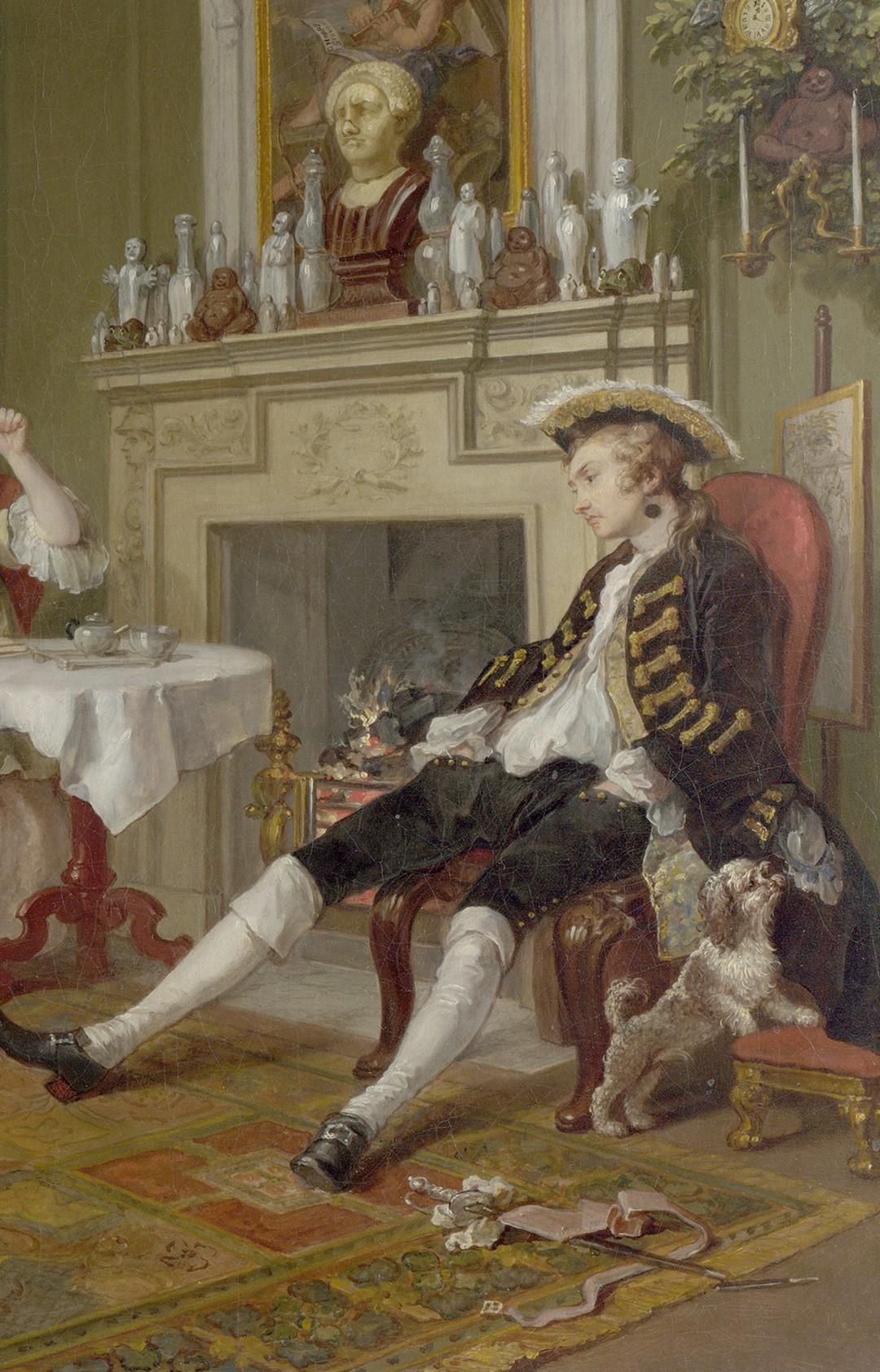

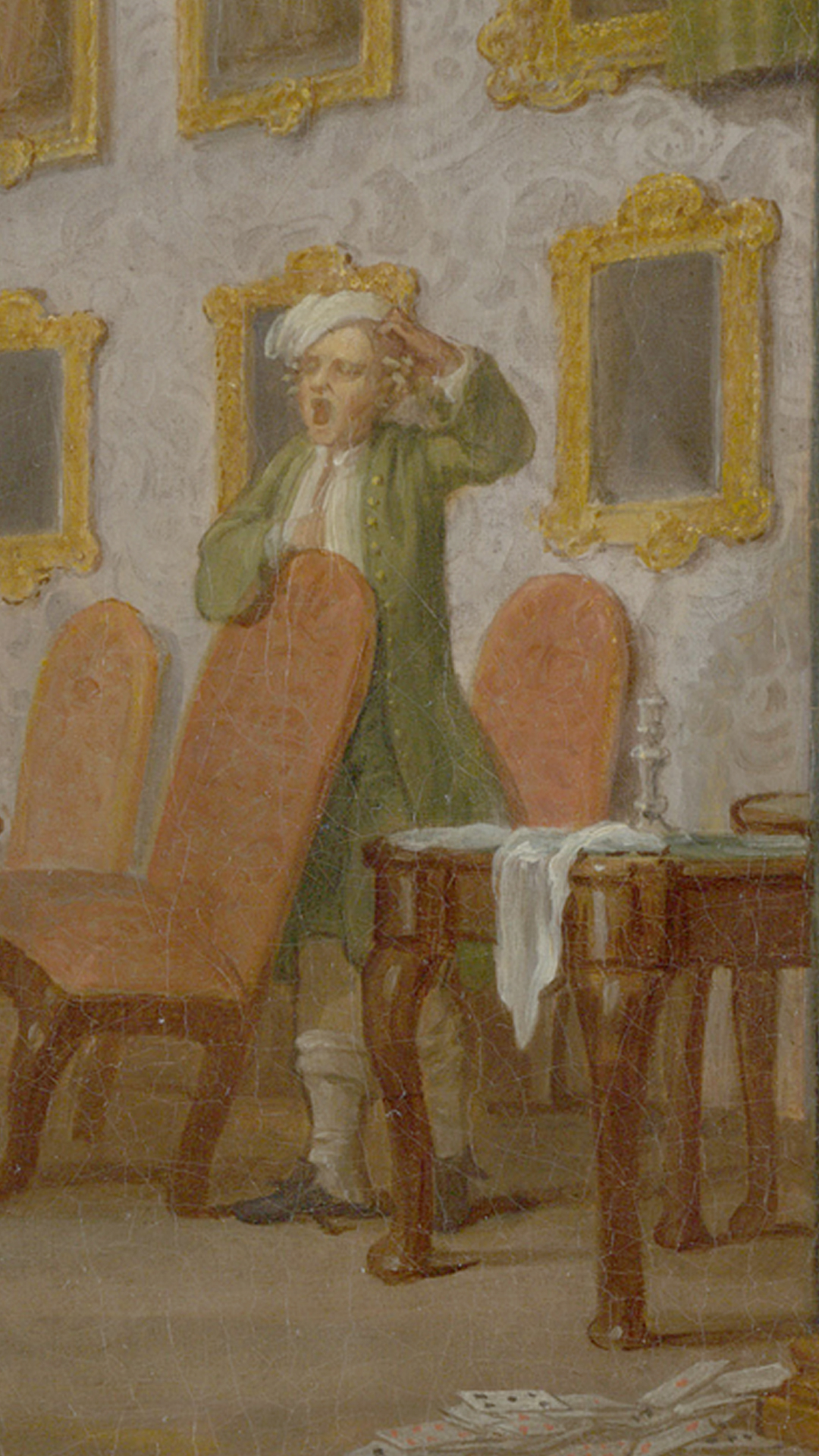


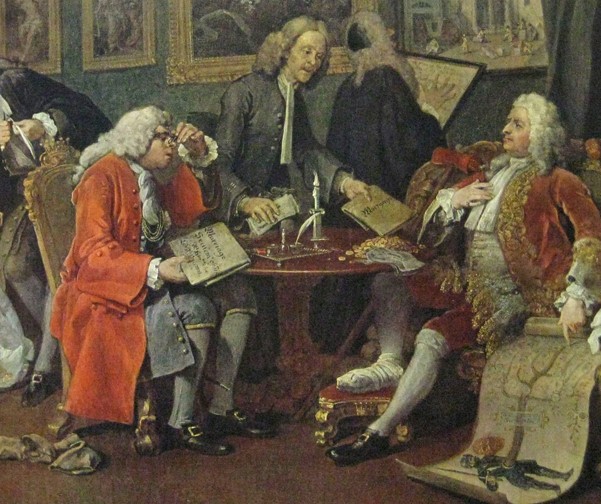




Recent Comments